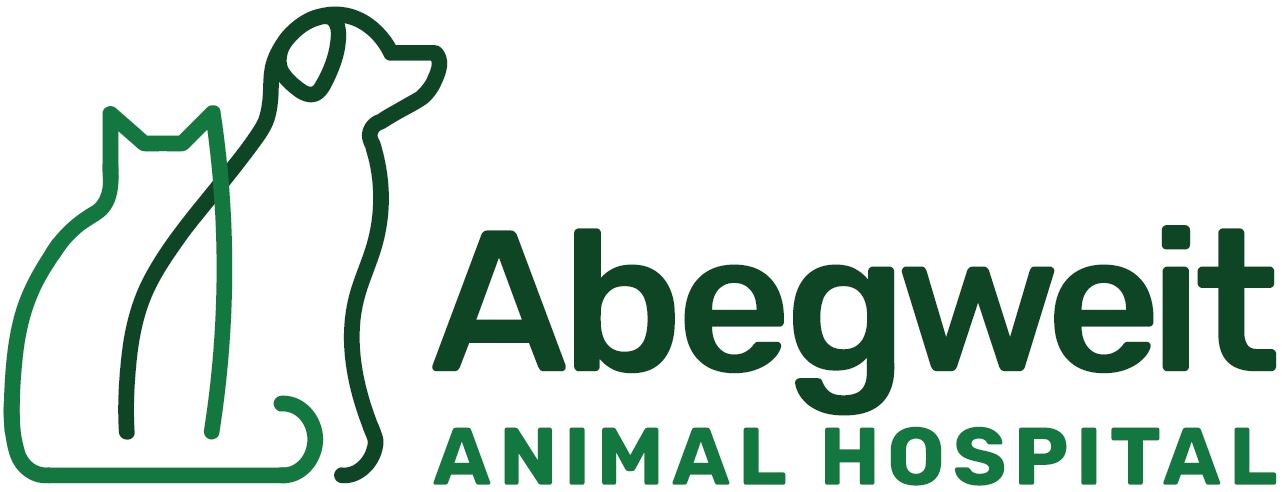Illustrated Articles
-
Melioidosis is a bacterial infection that is typically associated with tropical regions. The bacteria that causes melioidosis, Burkholderia pseudomallei, is usually found in soil and water. The clinical signs of this condition, along with transmission, diagnosis, treatment, and prognosis, are outlined in this handout.
-
Parvovirus may affect dogs of all ages but is most common in unvaccinated dogs less than one year of age. Young puppies under five months of age are usually the most severely affected and difficult to treat. Clinical signs can vary but generally include severe vomiting and diarrhea; the diarrhea often has a powerful smell, may contain lots of mucus, and may or may not contain blood. Most dogs with CPV infection recover if aggressive treatment is used and if therapy is started before severe septicemia and dehydration occur.
-
The Ebola virus is very contagious and is transmitted through blood, body fluids, and tissues, but not through air, water, or food. Ebola affects humans, non-human primates, and is carried by fruit bats. Other species do not appear to be affected, although there has been evidence of exposure to the disease in dogs, cats, and other domestic animals. Domestic animals are not believed to transmit the virus; however, there is a risk that they could transmit body fluids such as saliva on their fur to other humans. Any potential exposure to Ebola should be reported to your veterinarian who will contact the Center for Disease Control (CDC).
-
Feline poxvirus is a relative of the human smallpox virus seen mainly in Asia, Europe, and England. It causes skin lesions around the head, neck, and forelimbs, such as ulcerations, scabs, or abscesses. Cats often recover on their own with no further symptoms unless they are immunocompromised. There is no specific treatment or vaccine. Antibiotics may be used to control secondary infections. The virus can be transmitted to humans but can be significantly reduced by basic hygiene precautions.
-
The American Animal Hospital Association and American Veterinary Medical Association have established guidelines to standardize preventive health care for cats, helping them to live longer, healthier lives. This handout provides an overview of the recommendations within these guidelines and why they are so important.
-
The American Animal Hospital Association and American Veterinary Medical Association have established guidelines to standardize preventive health care for dogs, helping them to live longer, healthier lives. This handout provides an overview of the recommendations within these guidelines and why they are so important.
-
Pythiosis is a waterborne infection that can infect the GI tract or skin of dogs. It can cause extreme weight loss, vomiting, diarrhea or skin lesions such as ulcerating nodules and draining tracts. This disease is more common in southern regions. Treatment involves surgical removal of all affected material if possible, including limb amputation if indicated. Different antifungal therapies have shown some efficacy and need to be continued long-term. Prognosis for resolution of pythiosis is guarded to poor.
-
Rabies is a viral disease that can infect all warm-blooded animals, including cats and people, although some species are somewhat naturally resistant to the disease. When signs of rabies occur, it is an almost invariably fatal disease. Vaccination and post-exposure quarantine are discussed.
-
Rabies is one of the most devastating viral diseases affecting mammals, including dogs and humans. It is a fatal disease caused by infection with the rabies virus. Following a bite from a rabid animal, the disease progresses in stages. Vaccination is the cornerstone of rabies prevention.
-
Adding a new kitten to your family is a lot of fun, but it is also a big responsibility. This handout reviews basic kitten care, including vaccinations, internal and external parasites, nutrition, and nail care. It also reviews the importance of early spay/neuter and microchip identification.

